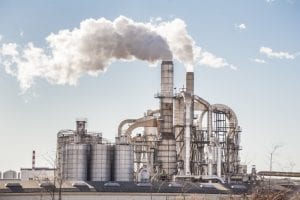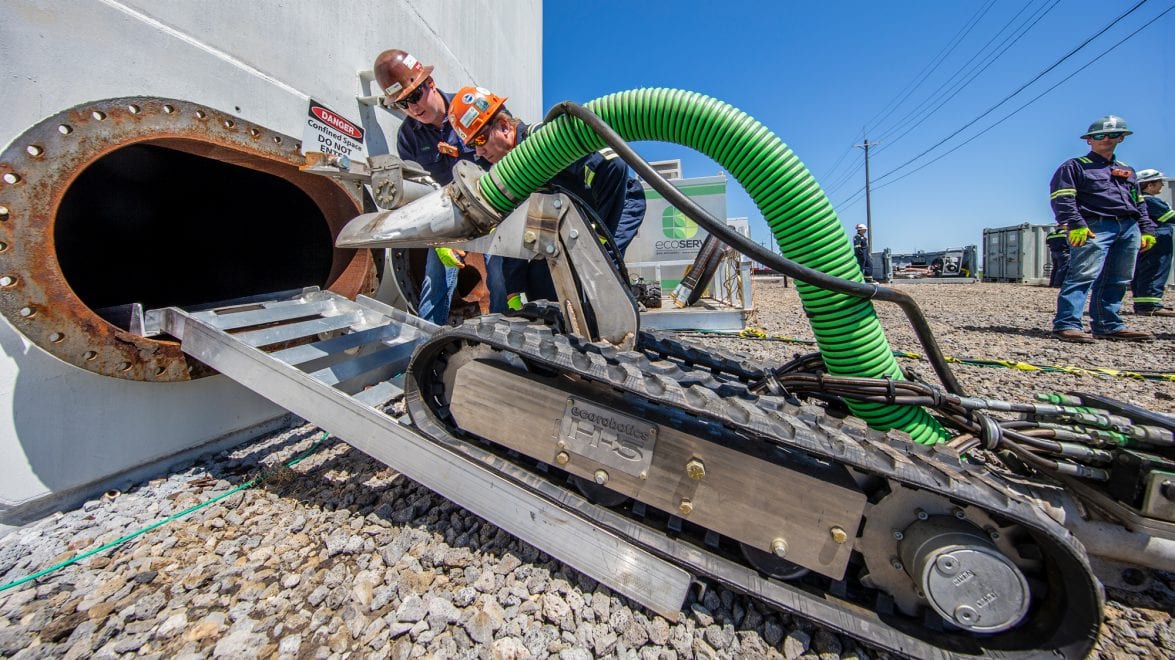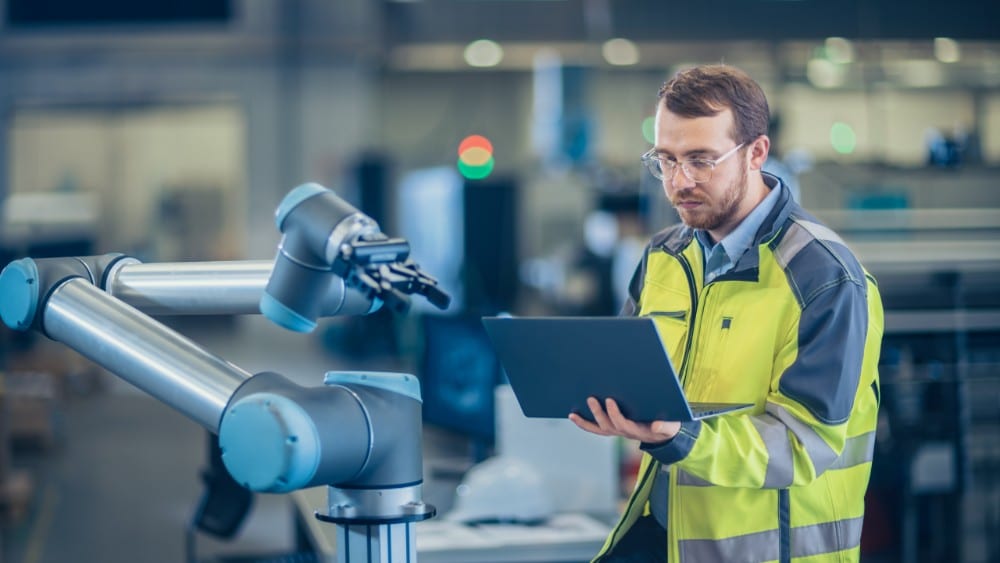Protect the Environment from Hazardous Chemicals by Using Robotic Tank Cleaners
Cleaning and maintaining tanks are critical to ensure a safe working environment. Traditionally, field workers and professionals are responsible for cleaning these tanks. By using people to clean these confined spaces filled with hazardous chemicals and gases, people in and out of the tanks were put at risk. Now, robots can clean tanks, and this exciting change has reduced both environmental and health risks.
What are Some Hazards Related to Manual Tank Cleaning?
Looking at manual tank cleaning and with human employees doing the work on the inside, there are several hazards to their health and the environment.
Potential Fire and Explosion
Tanks can be full of flammable liquids and fuel, when these mix with air, the risk for explosions and fires increases. By opening the tanks and adding air, two of the three elements that encourage fires or explosions are mixed.
Fires inside of tanks can be especially dangerous for people who are inside cleaning them. The confined space has a small opening that is difficult to enter and exit in full safety gear. So, fires and explosions inside of tanks are most likely to result in the deaths of the people cleaning them.
If a fire or explosion happens inside the tank, it is also likely that hazardous gases will be released into the environment. Once released, they cannot be contained.
Emission of Hazardous Chemicals

The chemicals held in tanks are toxic. When opened for cleaning, those hazardous chemicals release harmful emissions that end up in the air, soil, and water. The gases and flammable liquids that reach the environment are quite concerning, especially for people who live close to the plants.
Increased Chances of Chemical Contaminations
Dirty and contaminated tanks are safety risks for the environment and to the employees. Tanks often get a sludge-like material on the bottoms and sides between scheduled cleanings. The sludge can cause oxidation in the tanks, making it even more difficult to clean the tanks quickly and effectively.
This sludge can only be removed by power-washing the inside of the tanks, and it can cause environmental issues exiting the tanks. It is difficult to fully contain all of the sludge, gases, and debris that leave the tanks when cleaned manually.
Excessive Use of Water and Chemicals
Manual tank cleaning is a long process that involves using large quantities of water. People have to power-wash the tanks while wearing cumbersome safety gear, which makes it challenging to limit water use and speed up cleaning.
The spray from the power washing makes it difficult to see how effective the water is at removing sludge from the sides and bottoms of the tank. Employees also use an excessive amount of chemicals to clean the tank, again, because it is difficult to maneuver through the tanks in their safety gear. Manual tank cleaning becomes costly because it requires so many employee hours and safety procedures. It increases the cost of operating tanks.
Related Article: How Robots Are Changing the Ways Industrial Cleaning is Done
How Does the Robotic Tank Cleaning Help the Environment?
Fortunately, robotics technologies are taking over the process of cleaning industrial tanks. These robotic tank cleaning systems can enter the tanks and do work that is not safe for humans. They not only help protect workers, but they make the process of cleaning tanks more environmentally friendly.
Robots Reduce Usage of Chemicals and Water
One of the environmental benefits of using robots to clean tanks is that they do it with less water and cleaning chemicals. Robots can enter the tanks without having to be covered in heavy-duty safety gear. Because of this, robots are more nimble inside of the tanks so they can get the job done with less water use.
By using less water and cleaning chemicals, robots can reduce the number of hazardous materials that are released into the environment. The sludge and debris are less diluted by water, so it is easier to contain it and dispose of it properly. This is an important step in protecting the environment around the plant and the people who work in it.
 Robots Work Faster and More Efficiently Than Employees
Robots Work Faster and More Efficiently Than Employees
Because of safety concerns and workplace regulations, human employees who clean tanks do not work quickly. They have to suit up to enter the tank. Then, they have to be decontaminated when they exit the tanks. Employees must be given their breaks throughout the workday, which takes time as it increases the number of times they must go through all of the safety procedures.
Tank-cleaning robots do not have to wear safety gear, and they do not have to be decontaminated each time they leave the tank. It takes about two hours to prepare a robot to enter the tank, which is much less time than is needed each day for people to enter the tank.
Robot tank cleaners are more efficient than employees who manually clean tanks. The robots also make the procedure more sustainable and productive. They clean faster with less water and cleaning materials.
Robots Create a Safe Environment for Employees
Most importantly, tank-cleaning robots remove people from confined spaces where hazardous chemicals and gases are stored. These gases, chemicals, and sludge can create serious long-term health issues for employees who entered the tanks for their employers. The chance for life-threatening accidents was constant for employees in confined spaces.
Now, humans use remotes to control robots from outside of the tanks, safe from the chemicals on the inside. With tank-cleaning robots, plants can maintain their productivity levels, because the robots can inspect and clean the tanks.
With the advancement in today’s technology, robots are necessary for the tank cleaning industry. Not only do these robots prevent employees from harmful chemicals, but it helps the environment as well. The human and environmental benefits of using tank-cleaning robots are worth the investment.





